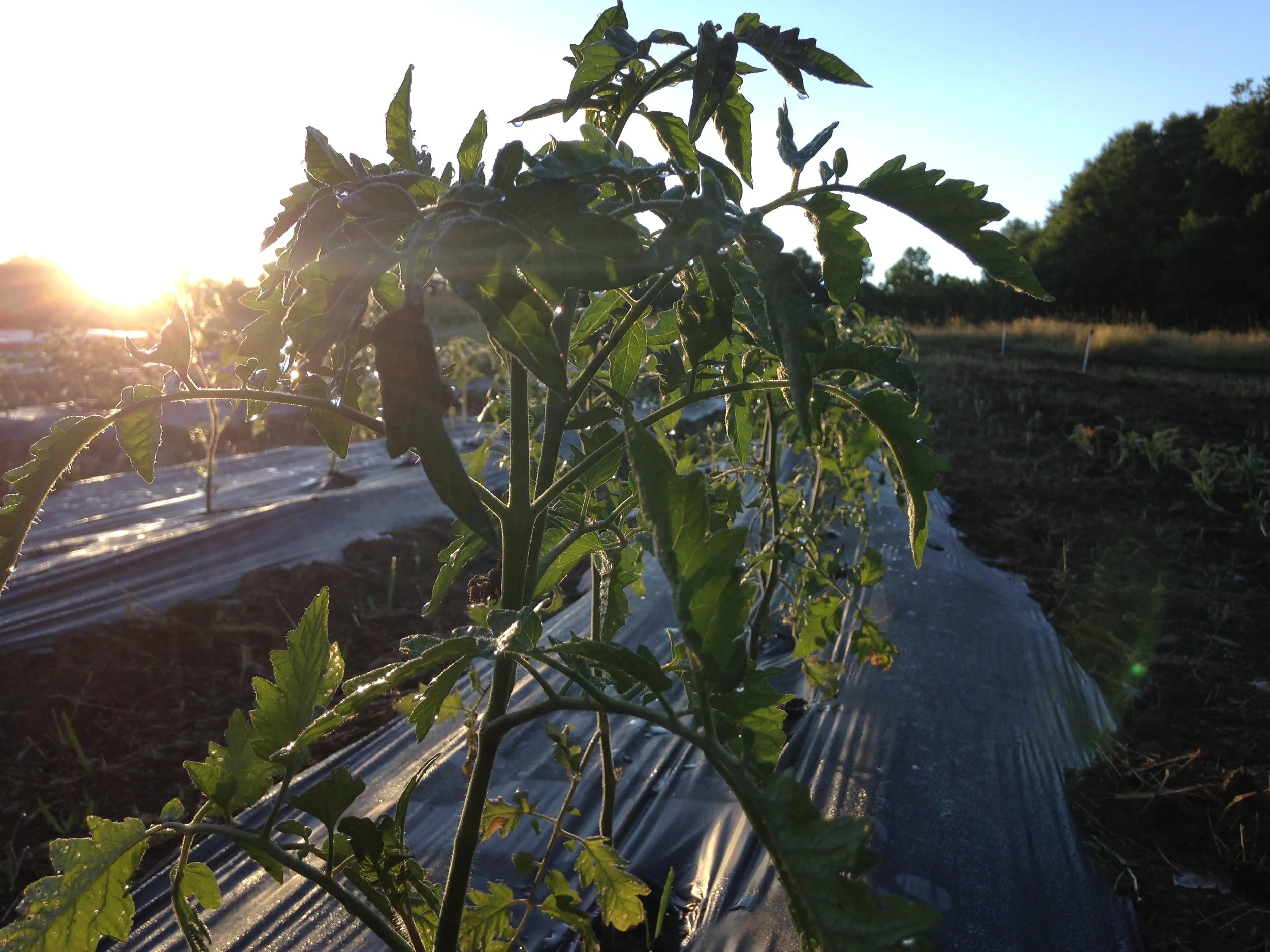It’s Mother’s Day, and wet, heavy snowflakes are piercing the ground straight and fast as arrows. While I was starting lunch, Silas declared he was going outside for a bit, and ran to get warmer clothes. As he sat on a stool in the living room, pulling on sweatpants, he asked, “Mommy, do you like that I can do things myself now, or do you miss doing things for me?”
Smiling at him, and blinking back a sudden hot flood, I answered, “Well, I have to say that I do like that you can do so much for yourself now. But I still like helping you sometimes.”
Me and the little guy have been through a lot together on the farm, starting with my first year working full time as a farmer, when he was always at my feet, still nursing and never napping.
The other day, as I crossed the yard and passed under his window, I caught a glimpse of him at his desk, head lowered, snapping LEGO pieces together. We gave him our old clock-radio, and he had it tuned to a country station that plays hits from back when we were kids. The sound of music coming from his window stopped me in my tracks. With time seemingly accelerating as I get older, the teenage years suddenly don’t seem so far away.
When we were awaiting Silas’s arrival, and then when he was a newborn, older friends and relatives told us, in cautionary tones, to cherish “these days,” because we’d miss them when they were gone. It was hard for me to understand this advice at the time. Back then, and still now, there are no eras of my life that I miss. But there are people I miss terribly, and I think, perhaps, that’s what those friends and relatives were really saying.
As I type this now, he’s at my side, showing me how he can take off his own band-aid, a feat that used to require much mental preparation on his part. I certainly don’t miss giving a pep talk before pulling off a band-aid on a teensy little cut. I don’t want to go back to any time in our journey, but when he’s finally grown, when he moves on to the next stage of his life, and the house is quiet, I won’t miss “those days,” but I will miss that boy.
Jason took these around Si’s first birthday at our old house.
~ Stella















